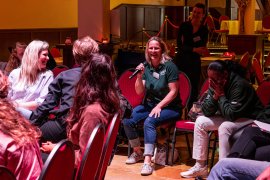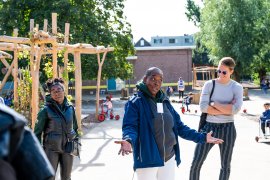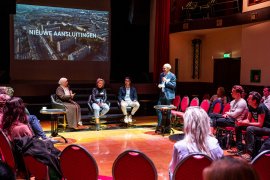Rethinking citizen engagement for an inclusive energy transition
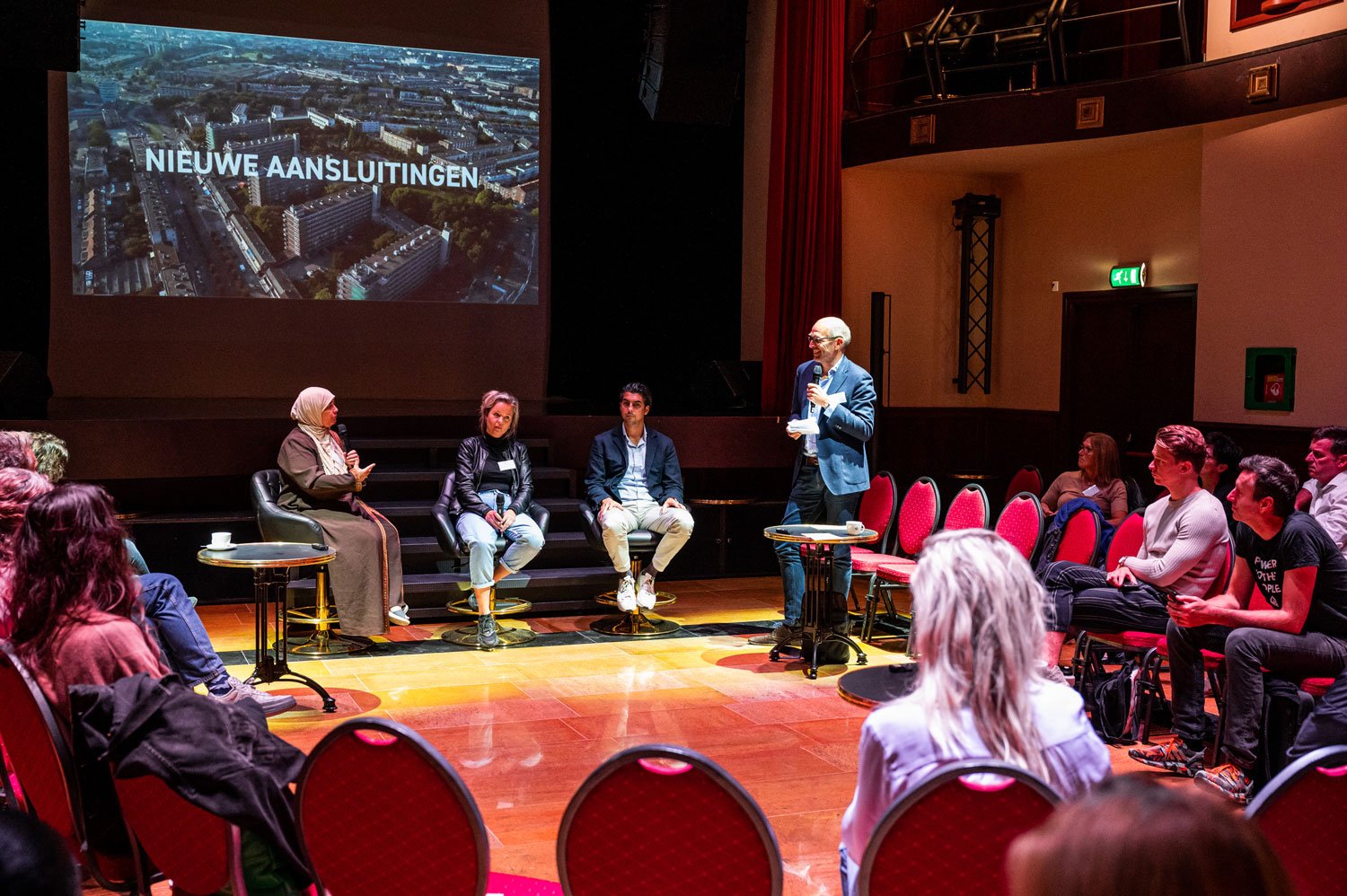
How to rethink citizen engagement?
In the coming years the transition to sustainable energy will have a large impact on societies and people’s daily lives. To achieve this transition in a legitimate way, collaboration between citizens and governments and strong citizen engagement are seen as crucial conditions. But despite years of experimentation, participatory processes still lead to mixed results and fall short in terms of inclusion. How to better understand, rethink and reshape citizen engagement for an inclusive energy transition?
The Urban Futures Studio engages in ongoing research on citizen engagement in sustainability transitions. More specifically, this research project focuses on how energy transition policies in urban neighbourhoods shape the interaction between citizens and governments, and how this process affects dynamics of citizen engagement and its level of inclusion. This way, we aim to better understand and explore how citizen engagement can be designed in an inclusive way, that incorporates the diversity of backgrounds and desires in society and contributes to developing shared images of sustainable future neighbourhoods.
Publications
Documentary ‘New Connections’
In many areas in the Netherlands, governments and other societal actors are working to accommodate the energy transition and engage citizens in energy policies. But while policy plans are highly ambitious about creating ‘co-benefit approaches’ to the energy transition, especially in disadvantaged urban neighbourhoods, we still know little about how this works out in practice and what the energy transition entails for citizens and their neighbourhoods. To further explore this, the Urban Futures Studio, together with film producer Zouka, and in collaboration with the Ministry of the Interior and Kingdom Relations, made the documentary ‘New Connections’. For this documentary, we followed energy transition policies from the ‘drawing board’ to their implementation in local practices in one particular neighbourhood, namely Bospolder-Tussendijken in Rotterdam.
Since a few years, Bospolder-Tussendijken is assigned as a ‘test bed’ for the energy transition. In the documentary ‘New Connections’, we meet policy makers, practitioners, local entrepreneurs and citizens that are involved in the energy transition in this neighbourhood. It shows an insight in the daily endeavours of local initiatives to inclusively engage (other) citizens in the energy transition and their attempts to create co-benefits, and gives a glimpse of how the energy transition is experienced by citizens and impacts the neighbourhood.
Online launch
On 17 October, the documentary 'New Connections' was launched online during a screening with residents from Bospolder-Tussendijken and is now publicly available.
Do you want to screen 'New Connections' during a public event? Please contact Irene Bronsvoort: i.bronsvoort@uu.nl
Trailer
We use the documentary as a conversation starter between policy makers, local initiatives, researchers, citizens and others that are involved in energy transitions. The first screening of the documentary took place in September 2021, during our premiere event in Bospolder-Tussendijken. Here, we used the documentary to start a discussion about what it takes to inclusively engage citizens in the energy transition in Bospolder-Tussendijken, and how policy makers, local initiatives and practitioners can improve their collaboration to reach these goals. This resulted in an interesting, open interaction about the need to revalue local initiatives, ‘ethics of engagement’, ownership and the role of policy makers in these matters.
Essay on designing inclusive interactions in the energy transition
In July 2020, we published our new essay ‘What, How and Who? Designing inclusive interactions in the energy transition’ (Bronsvoort, Hoffman and Hajer, 2020). In this essay, we argue that how the interactions between citizens and governments are shaped and enacted, has a large influence on who gets involved and to what extend people feel heard. To apply this approach to cases, we distinguish between three dimensions of interaction:
- What (the defined object or issue at hand)
- How (the setting and staging of the interaction)
- Who (the target groups and protagonists of the process)
Focusing on the issue of form, we argue that processes for interaction between citizens and governments should be designed in a way that is more future oriented, organised over the long term, in closer proximity to citizens and with attention to the powerful role of ‘in-betweeners’ and ‘in-between’ places such as community houses, where people can meet to deliberate on the wide range of possible futures for their neighbourhood.
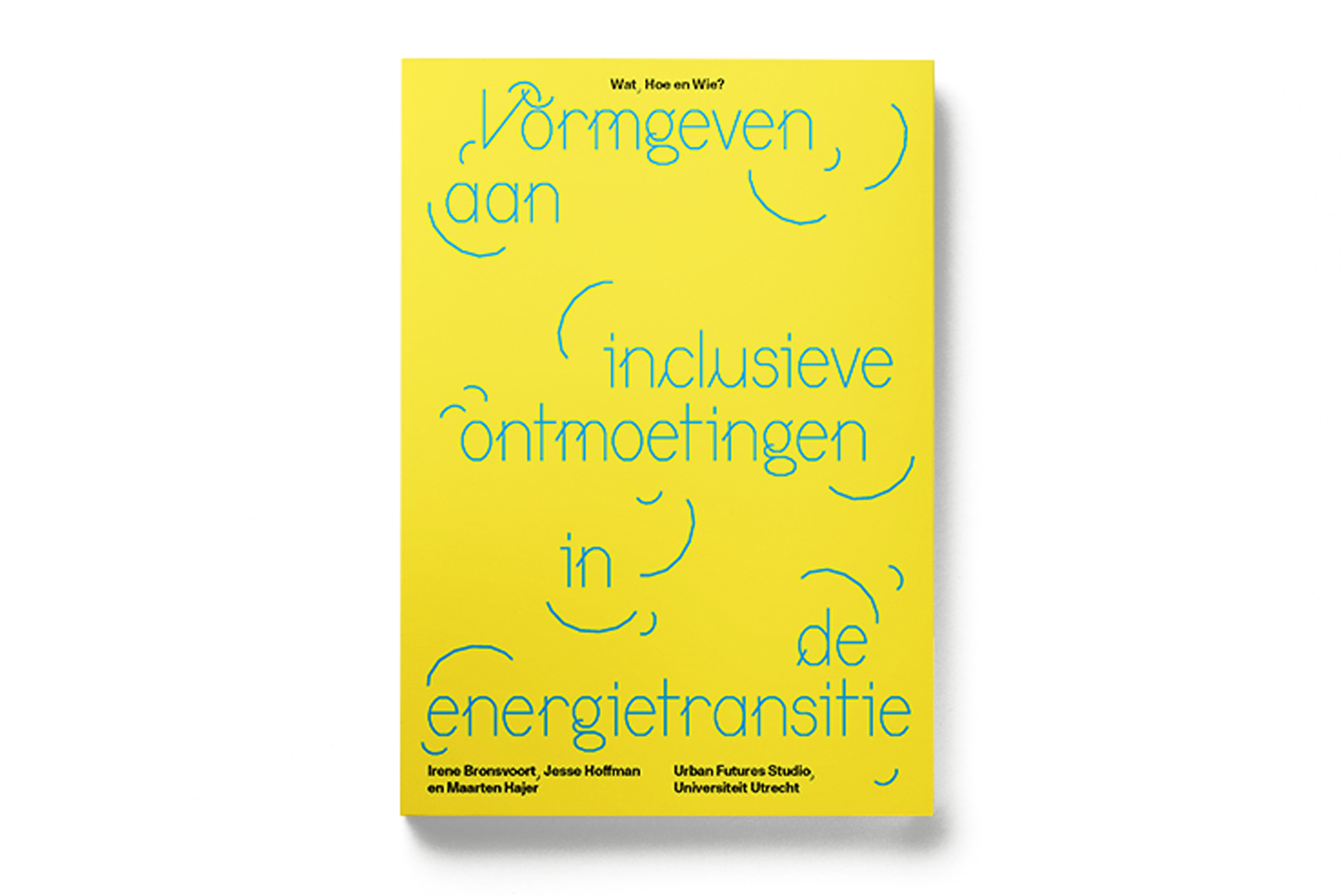
This is an ongoing project of the Urban Futures Studio. Interested to know more? Please contact Irene Bronsvoort.







